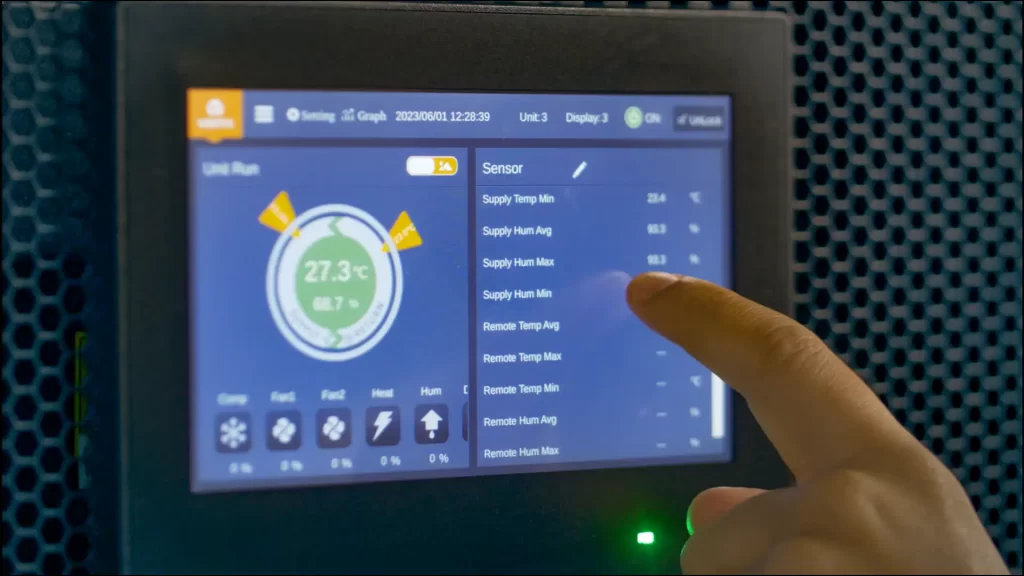Refrigeração & consumo energético
Cooling is one of the most significant components of energy consumption in a data center. On average, in Brazil, cooling accounts for 40% of a data center’s total energy consumption. This percentage can vary depending on several factors, such as:
1. Type of infrastructure: More modern and efficient data centers may have a lower proportion of energy consumption dedicated to cooling.
2. Local climate: In hotter regions, the demand for cooling increases, raising the percentage of energy consumption.
3. Workload: Data centers with high server density may require more cooling.
Considering these variables, it’s important to conduct a specific analysis of your data center to determine the actual energy consumption related to cooling.

